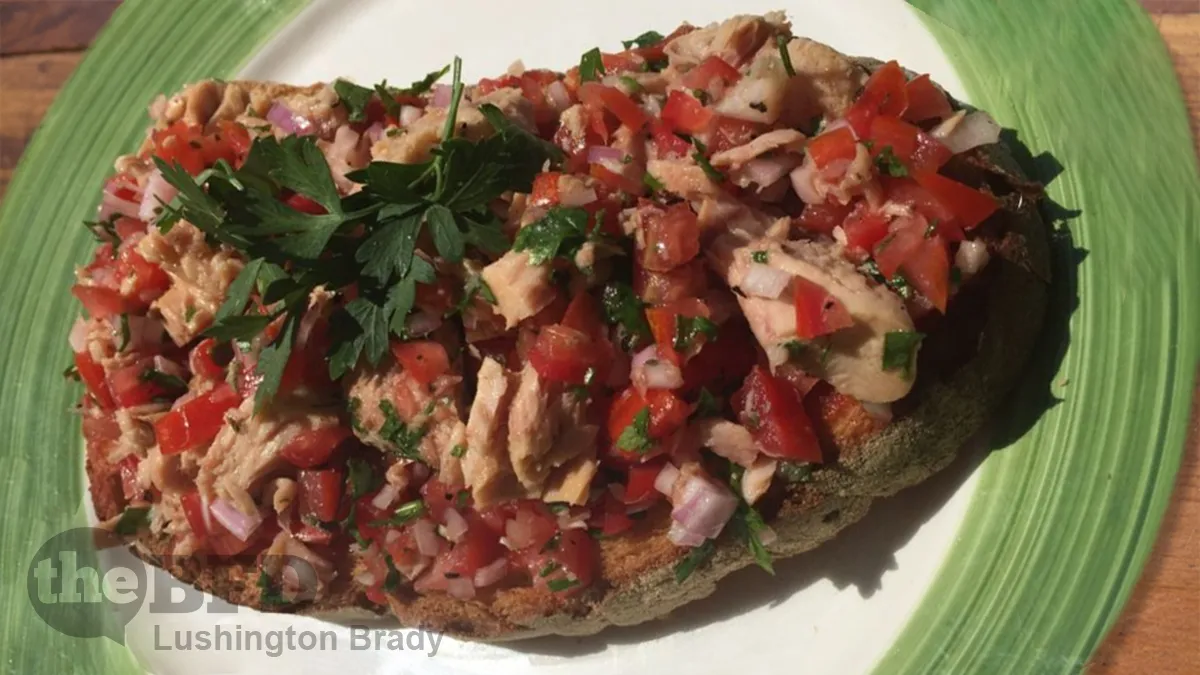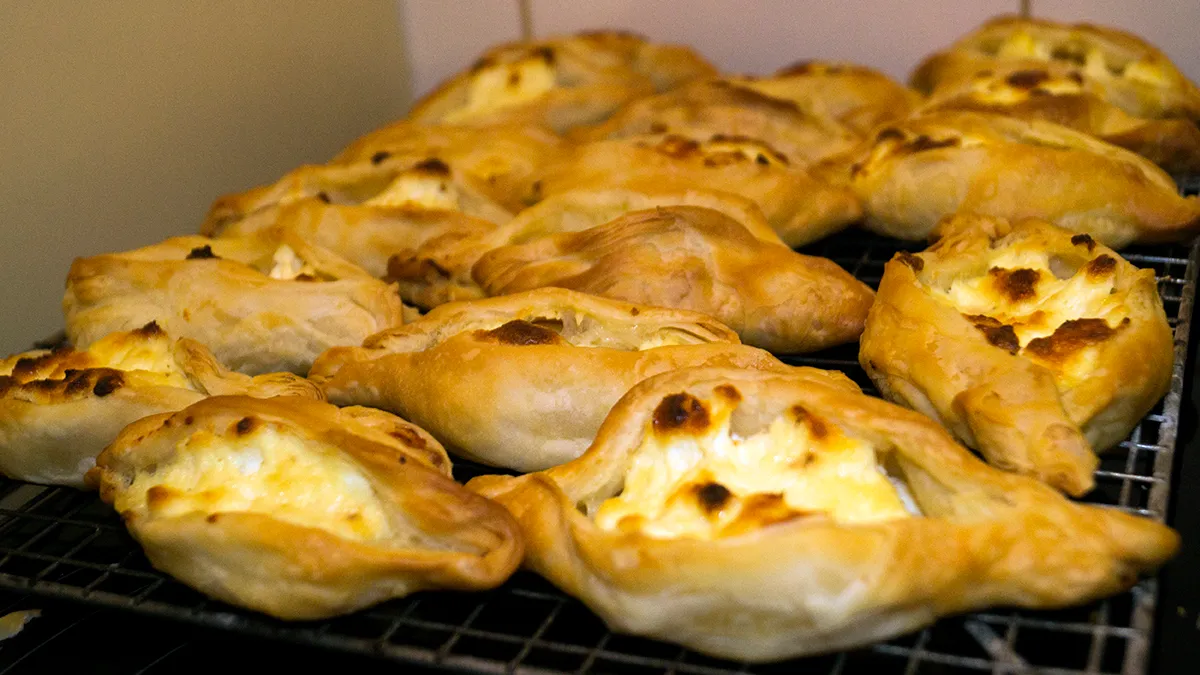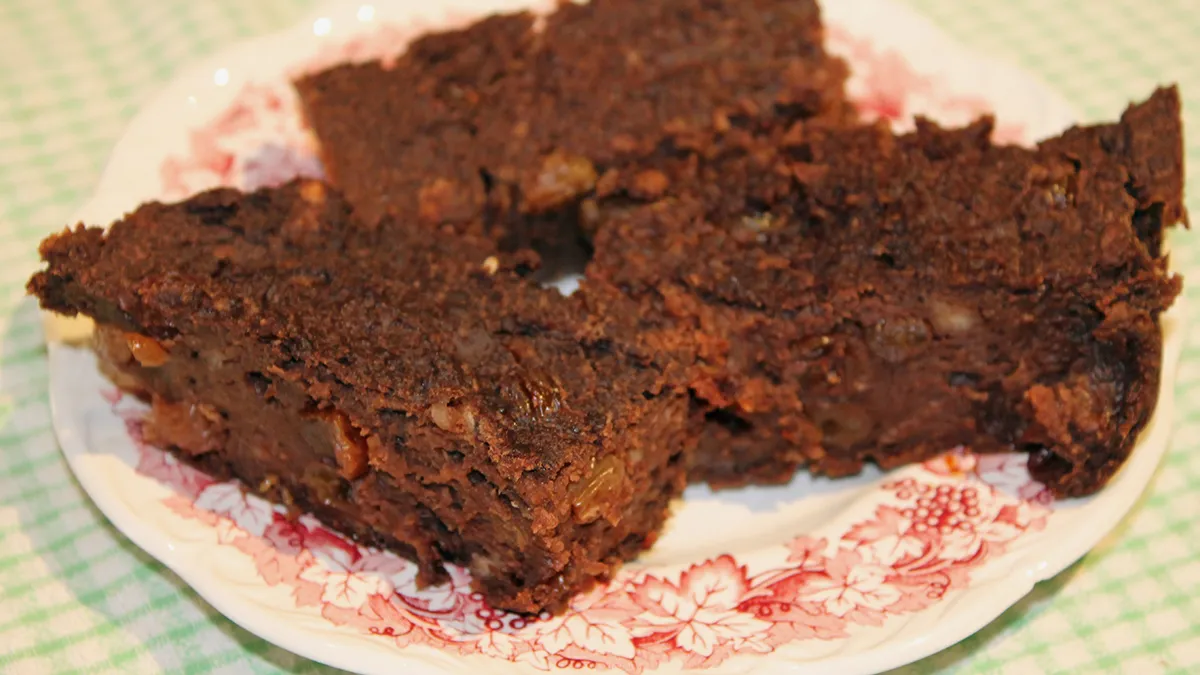Table of Contents
Daniel Goldwater
Chef CMRJ
Jerusalem
Israel
This week we are going to cook a couple more classics from the Med./Middle Eastern Table. Beef Kebab better known as Sheesh Kebab and the rice and lentil dish Mujadara. Both of these great foods are very popular within the wider Middle Eastern Kitchen.
Sheesh Kebab or ground beef (mince) on a metal skewer is a mainstay of the Mid. East. It conjures up images of sleazy, smokey eateries in the noisy dirty Shuks and Bazaars of big cities around the Levant. Umm Kulthum pumping out of the alleyways, Hustle, Bustle, mindless tour groups going everywhere and nowhere, uncertain hygiene (you never know if you’re being ripped off).
The Sheesh is the sword-like skewer and the Kebab is the ground meat pressed onto it. The Sheesh is used as a tool to grill all kinds of foods along with less savoury items like chicken hearts and such. Waste not want not in this part of the world everything gets eaten from the tails to the udders (usually in a soup). I am grilling the Kebab without the use of the Sheesh and make small compressed oval patties which we call Kebabs here in Israel.
Kebab
Beef, Lamb, Turkey or Chicken Kebab are common fare in “Mizrachi” Restaurants (“Eastern” Jewish Eateries whose kitchens have origins from Arab lands) While not really common knowledge in the ‘enlightened’ and woke west, close to sixty per cent of Jewish Israelis today were Jewish refugees or descendants from Jewish refugees from Arab lands. These 850,000 to 1,000000 Jewish Middle Eastern refugees were expelled or left hastily in fear of their lives from before 1948 to the mid-1950s and most found their way to and made new lives for themselves in the nascent Israel. This Jewish “Nakba” was probably the cardinal mistake made by the post-colonial (Turkish Ottoman) Arab world, it and it alone ensured that the Jewish state would at least get one full innings at playing the Nationhood game. And boy what an innings they took.
Ingredients
- Fresh marbled Beef mince 500 gram
- Medium sized Onion (finely chopped)
- Garlic teeth 3 (finely chopped or crushed)
- Pine nuts (small handful)
- Nana (mint) good fistful finely chopped without stalks
- Italian Parsley good fistful finely copped without stalks
- Cumin 3/4 teaspoon
- 2-3 pinches table salt
- Good pinch of black pepper
- Olive oil, medium shluk
Method
Add all of the ingredients to a bowl. Wearing a pair of latex gloves mix thoroughly, cover the bowl with cling wrap and refrigerate for 30 minutes. Remove from fridge and make 50-60 gram kebabs holding in one hand, compressing, turning, shaping. This amount will make 10 -12 kebabs, enough for 4 people. Leave to sit for 30 minutes in fridge and turn on BBQ to high heat.
Take a small bowl with oil, half an onion and a fork (a variation of a knife a fork a bottle and a cork that’s the way you spell New York) dip the onion liberally into the oil and lubricate the grill, place the Kebabs on the grill for only enough time to sear all four sides and set aside on a tray lined with baking paper. Place in fridge until just before the meal. When needed preheat oven preferably fan to 200 Celsius. Once ready place the kebab in the oven for 8-10 minutes and they will be cooked through.
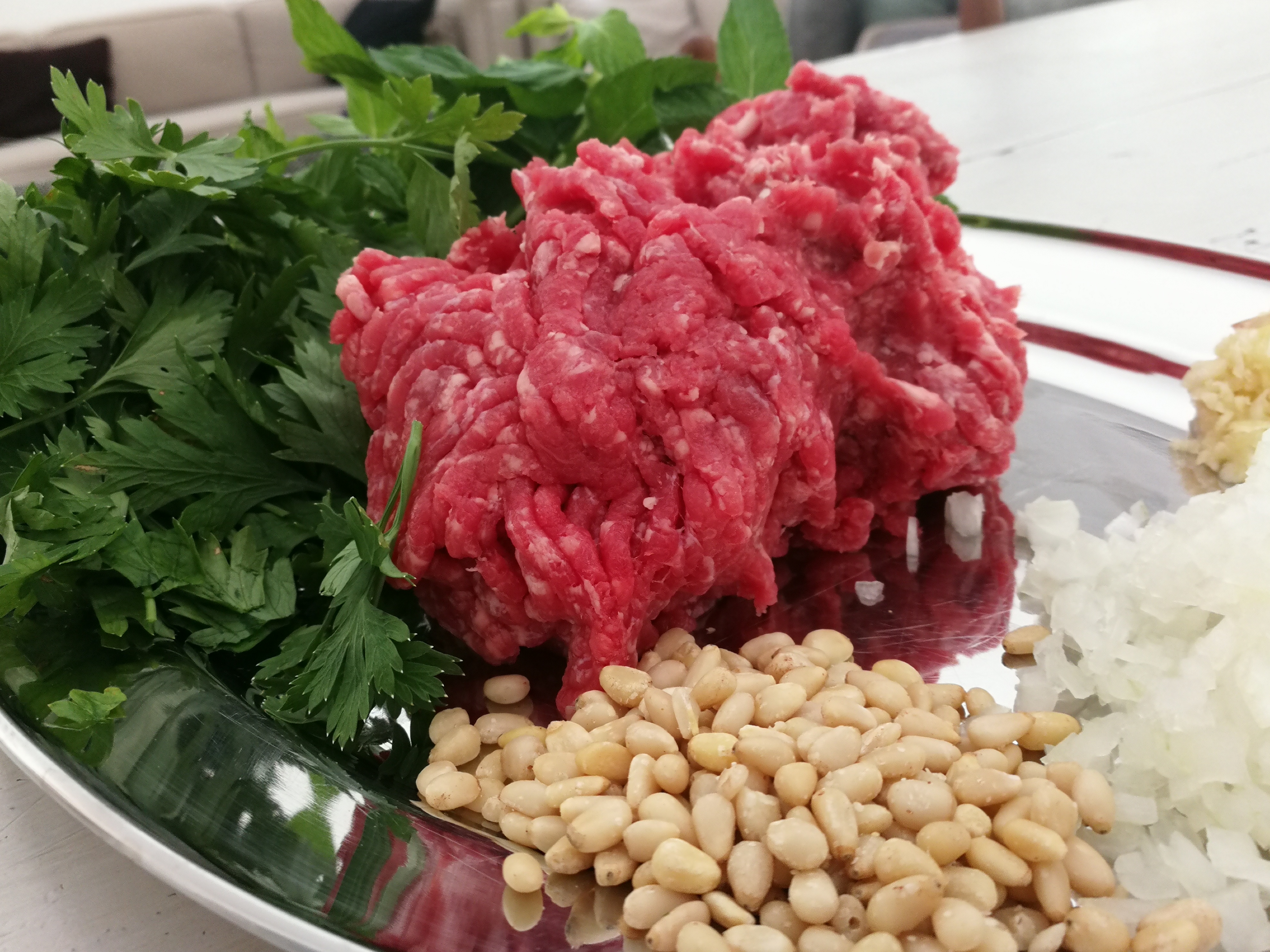
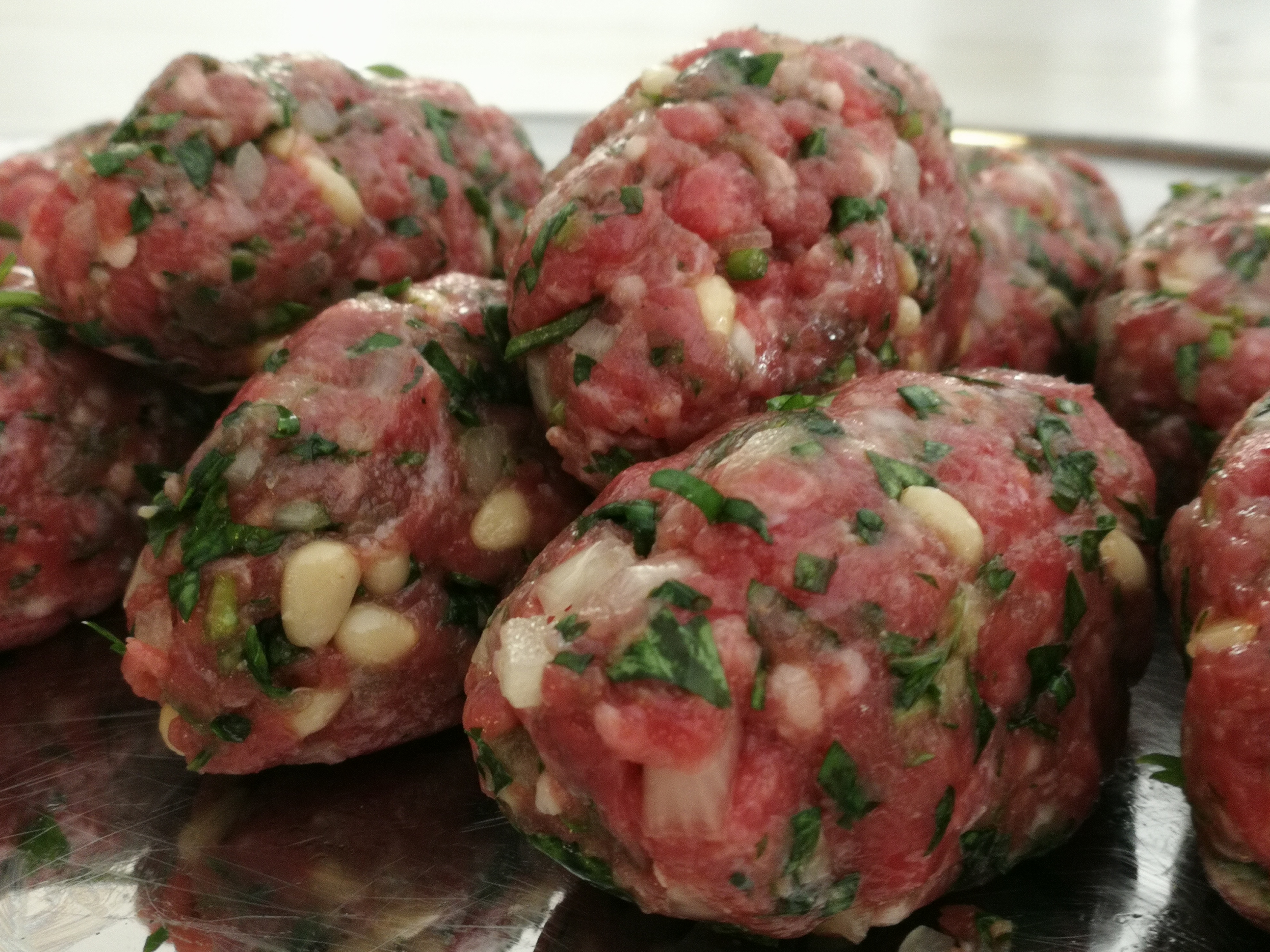
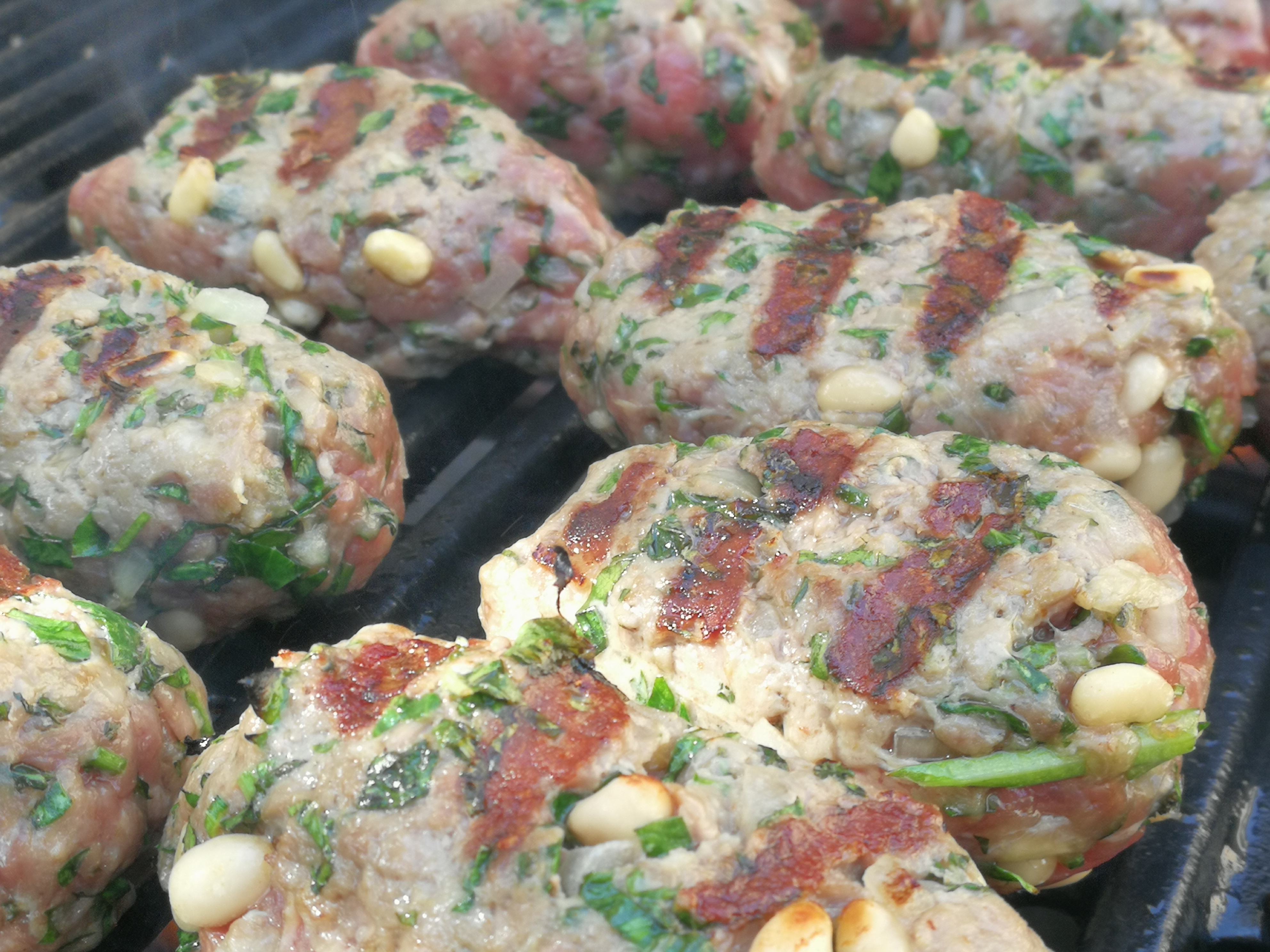
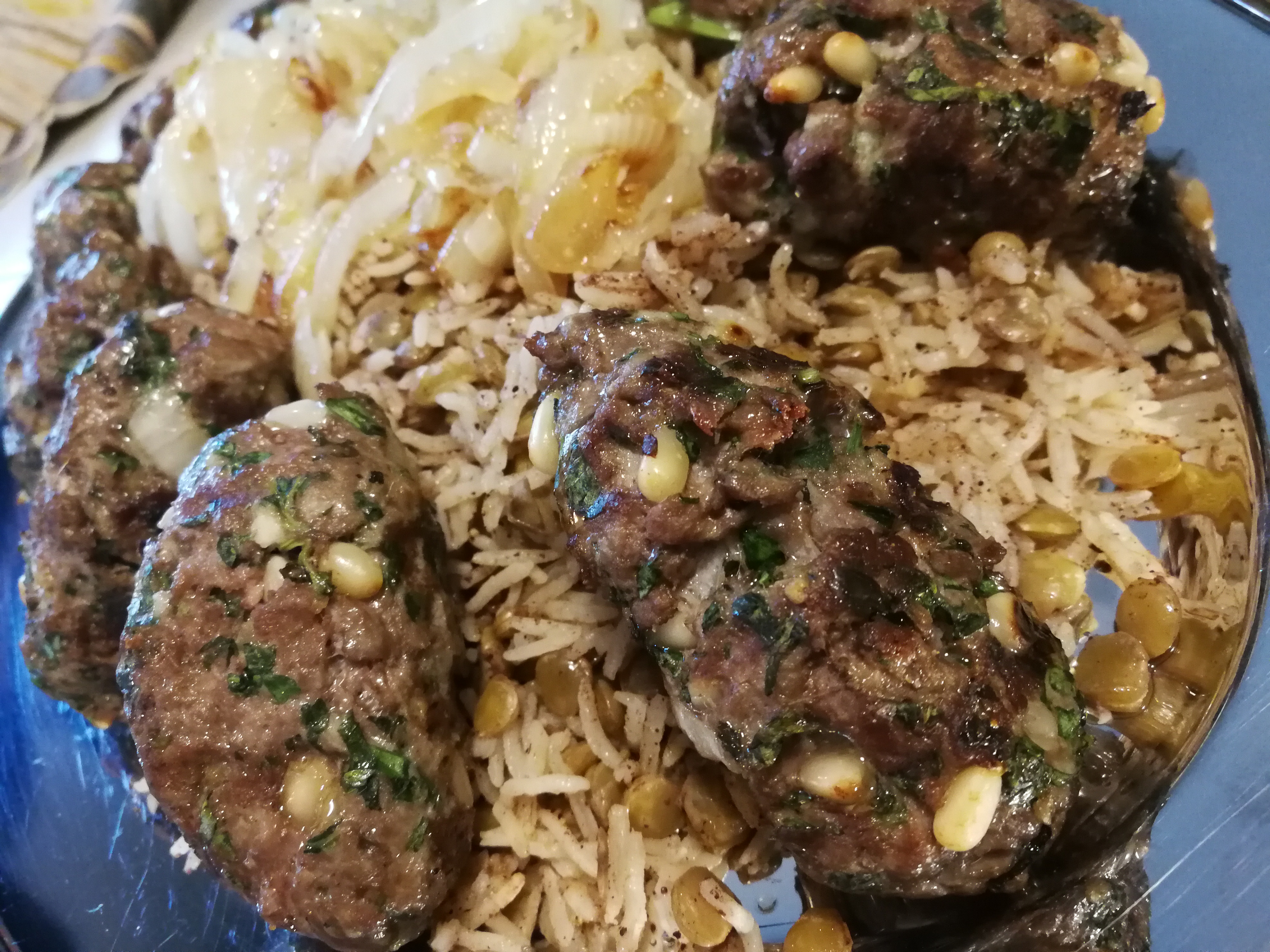
Mujadara
While Mujadara today is eaten mostly as a side to meat dishes it is in itself a full meal, generally, a vegetarian dish (in some places served with mince) probably originating in the Near East. Lentils are mentioned in the Bible four times (Jacob’s Stew) and are traditionally eaten by Jews at times of mourning, likewise the Christians of Lebanon and Syria make and consume Mujadara during the month of Lent when meat is forbidden. The dish can supply both protein and carbohydrate needs in the same serving. Anyway, who invented the dish is unknown but rice and lentils have been grown in the Middle East for millennia and I am sure that some Nabatean or Himyarite put one and two together way back then.
This recipe is based loosely on Ottolenghi’s recipe, mainly for the lentil and rice quantities. I find he over spices for my taste.
Ingredients
- Green or Brown Lentils 250 gram (1 cup)
- Basmati Rice 200 gram (1 cup)
- Onion x 2
- Canola oil a good shluk to fry the onions and a little for starting the rice
- Cumin 1 teaspoon
- Cinnamon 1 teaspoon
- Coriander seeds 1 teaspoon
- Salt 1 teaspoon
- Pepper a pinch.
- Water 400 ml
Method
Check lentils for small stones and wash in sieve. Put into a small pot with plenty of Boiling water and cook for 12-13 minutes, remove to sieve.
Take a pot with a good fitting lid put a tablespoon of oil and fry the Coriander seeds for a minute, boil water in a kettle for adding. Add the rice stir with the oil and Coriander seeds, add the lentils, then add the water, stir, add all the spices, stir well, when it starts to boil, turn down to the lowest possible heat and place the lid on tightly and cook for eighteen minutes. Once cooked leave to sit with the lid on for 5-10 minutes before serving.
While the rice and lentils are cooking, slice the onion into thinnish rings and fry in a frypan with a good shluk of canola oil until they are transparent and just starting to brown. Remove the onions and mix in half with the mujadara in the pot, spoon onto serving dish and the other half arrange on top of the Mujadara on the serving plate. You will be surprised how tasty this is. If you prefer more and heavier spices refer to Yotam Ottolenghi’s recipe on the net.
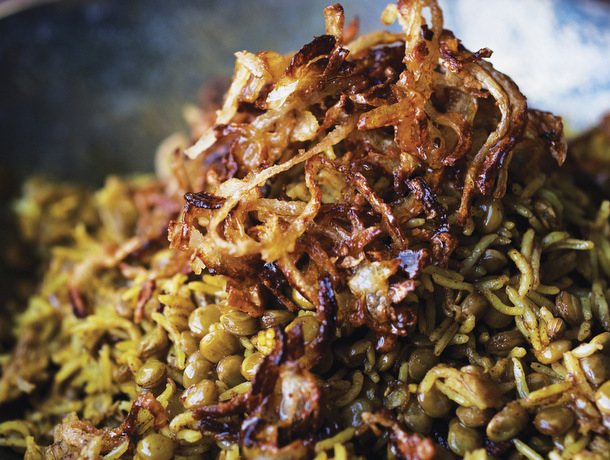
Photograph: Jonathan Lovekin Source: seriouseats.com
Next week as its still winter down under I will do several soups to warm your kishkers. Up here its around thirty in the shade and believe it or not soups are all go for the festive tables of the Jewish New Year and High Holiday Season (Jewish Matariki).
Shana Tova, Gmar Chatimah Tova
(Happy New Year and may you be inscribed in the book of life).
If you enjoyed this recipe why not share it with your friends via social media or e-mail? If you want a copy of your own select the print option at the top of the page.



